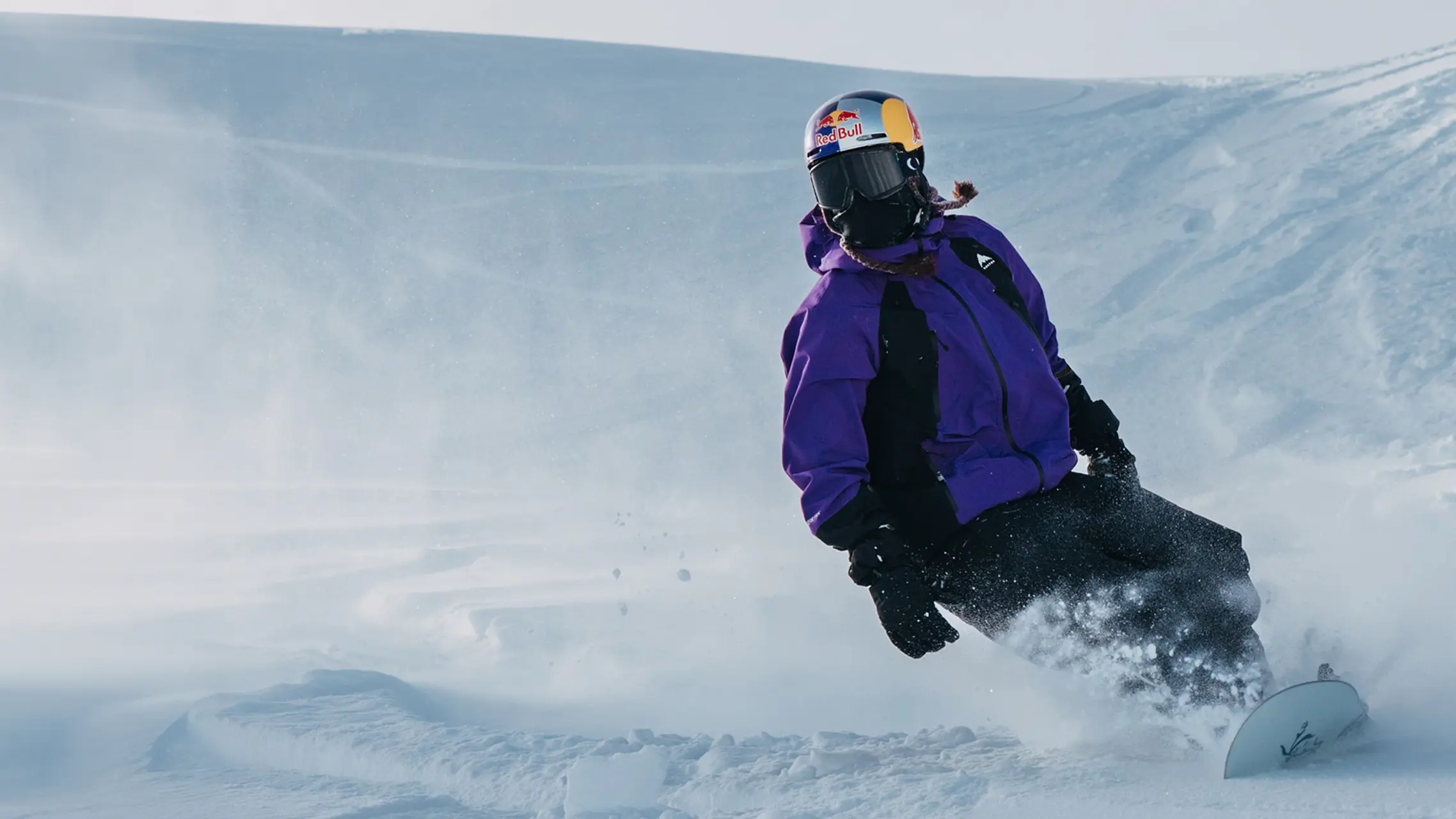With the number of online scammers growing every day, it has never been more important for brands to understand how to file a DMCA takedown. While copyrights ensure you legally own your brand’s unique product designs and content, these licenses don’t actively protect your content from being stolen. When you find your copyrights being infringed upon, filing a takedown correctly and as fast as possible is essential to protect your brand.
In this guide, we will cover:
- What is a DMCA takedown & how to file one
- How to make a DMCA takedown process as easy as possible
What is a DMCA Takedown Notice?
Submitting a DMCA takedown request refers to the process of formally reporting an infringement online. The Digital Millennium Copyright Act was the legislative solution put into effect in 2000, when existing copyright laws proved insufficient in the new digital era. The DMCA made several updates to copyright law and provided a system copyright owners could use to report infringements online.
Because there are so many independent marketplaces, sites, and platforms on the web, there is no one-size-fits-all copyright takedown process online. The type of report you will have to make depends on where and how the infringement is being made. If, for example, an independent website is infringing on your copyright materials, a DMCA request can be submitted to take down the entire website.
If, however, you find an infringement on a marketplace like Amazon, it would not be correct to try to take down the entire website, and your request would be denied. In cases like this, you would have to follow the platform’s specified process to report and take down that particular seller. Understanding these variations in reporting infringement is essential to properly file a DMCA takedown request and ensure scammers are addressed quickly.

How to file a DMCA takedown notice?
Time is of the essence when dealing with infringement online, and you should take immediate steps if you find someone using your copyright material.
Step One: Begin by immediately reaching out to the offending site/individual to notify them of their infringement and request they take it down. Some infringement is unintentional, and you may save yourself time jumping through further hoops if they heed this initial request.
The majority of scammers online, however, are likely to ignore your attempt to reach out. Continue onto the next steps if your initial contact is disregarded.
Step Two: send a cease and desist letter to the offender and/or service provider. This should include the specific copyright material they are infringing upon, and serves as a formal DMCA takedown request. As noted above, this process will vary depending on where the infringement is occurring.
How to file a DMCA takedown notice on an independent domain
If an independent website is using your copyright material, a C&D letter should be sent to the domain registrant. If this is ignored, you should also send the takedown notice to the web host where the site lives. ICANN is a helpful tool to use if you can’t immediately identify the domain registrant or web host information.
How to file a DMCA takedown notice on a marketplace or platform
If the infringer is a seller on an online marketplace or social media platform, you should follow that site’s existing process to report the infringement. Amazon, Shopify, Facebook, Instagram, and many other sites all have easily accessible online forms to report copyright infringement. Using these forms can be a lot faster and more effective than sending C&D letters to these sites.
How can Red Points help protect your copyright?
Protecting your copyright material is a daunting task, and the DMCA takedown process isn’t the only reason. It takes mere seconds for a scammer to set up a website or seller profile with your stolen copyright content. Monitoring for infringements online is an essential part of protecting your copyright material.
Monitoring domains, marketplaces, and social media platforms every day is the only way to catch scammers before they can do irreparable damage to your brand. Consistently monitoring these channels at all times is practically impossible for an individual alone. Red Points can make proper copyright monitoring possible.
Red Points makes copyright infringement detection easier than ever. Not only does the DMCA takedown service constantly scan for and identify infringements online, but it automatically reports infringements and begins the domain takedown process. The software offers the best protection for your copyright material possible, and makes it easier and less time consuming to deal with infringements.
Conclusion
Nobody wants their hard work stolen and used by scammers online, but this is the reality for many brands online. It’s essential copyright owners monitor for infringements and understand how to file a DMCA takedown to properly protect their brand. If you’re looking for better copyright protection, request a demo and learn how Red Points can help.








